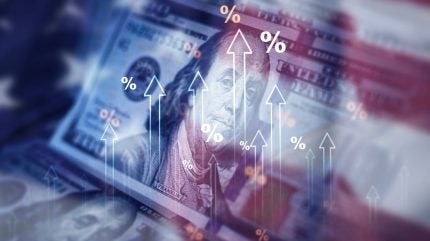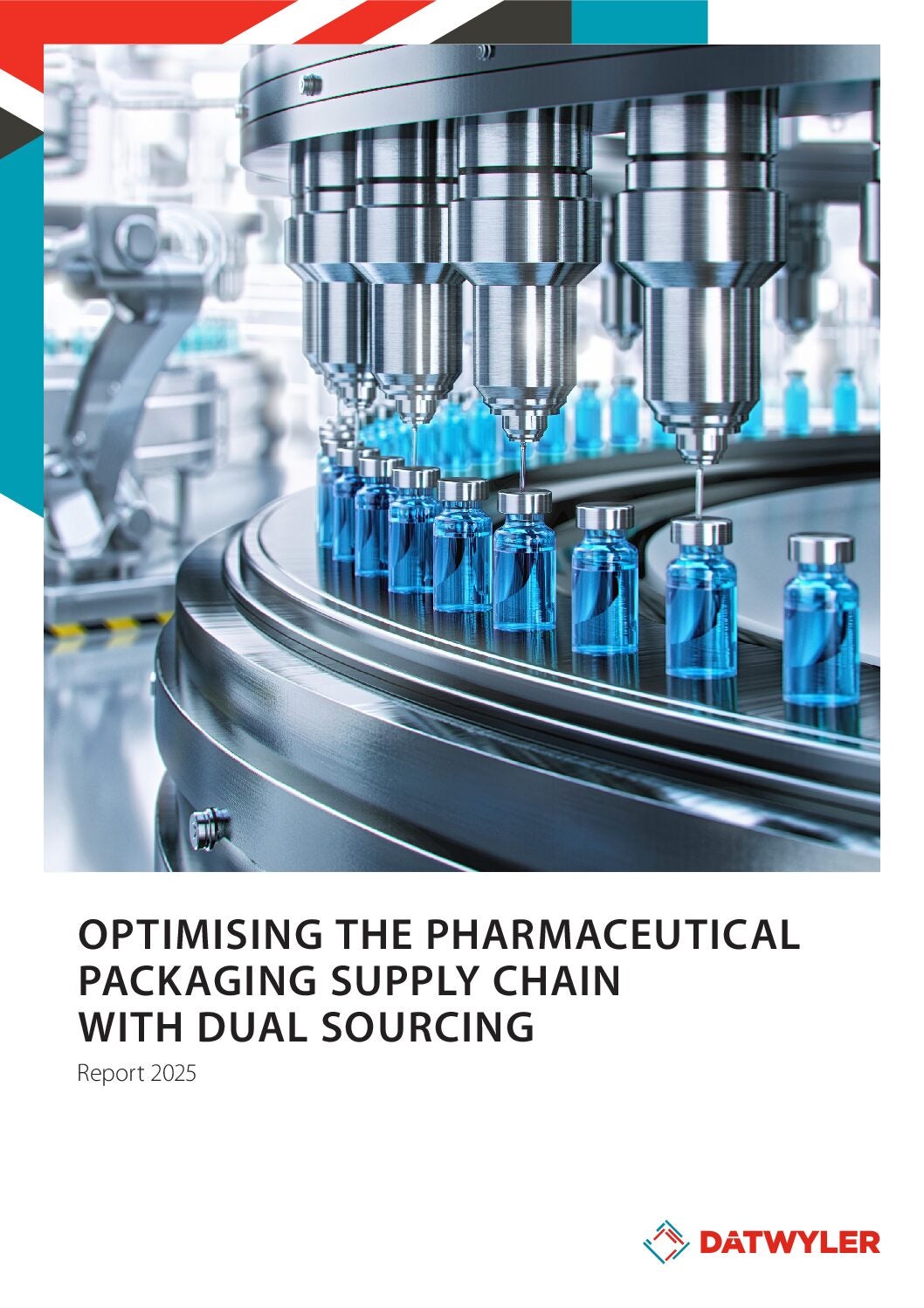
When Donald Trump was elected the 47th president of the United States of America, the outlook for pharmaceuticals was unclear, with 55% of North American industry professionals expecting negative repercussions when surveyed by GlobalData later that month.
Fast-forward through a turbulent period of aggressive and escalating import tariffs, delays, exemptions, rescindments, and retaliations, the industry is already witnessing impacts from the new policies, with possibly more on the way.
Impacts on pharma
Pharmaceuticals and APIs are currently exempt from the 10% baseline tariffs and reciprocal tax rates for specific trade partners introduced by the Trump Administration in April 2025. However, both tariffs still apply to many upstream components and materials used in pharmaceutical production, which is already leading to supply chain disruptions and potentially contributing to higher drug prices in the future as manufacturers look to pass on the increased expenses to payers.
Unfortunately, there could be more in store. Many specific product categories are already subject to differing tariff rates which apply worldwide, such as the 25% tax on automobile, steel, and aluminium imports. The President has repeatedly threatened to hit the pharmaceutical industry with “major” tariffs of this kind “in the near future”, a move which promises to put an end to decades of low-cost global trade in medicines.[i]
Europe is set to face the biggest shockwaves of such a measure, since nearly one-third of all exports produced by the EU’s pharmaceutical sector are directed to the US. But this goes both ways, meaning retaliatory measures from the EU will also impact drug prices in the US. 39% of imported medicinal and pharmaceutical products consumed in the EU are made in the US.
Boosting manufacturing in America
Currently, the majority of APIs used by the US pharmaceutical market are produced and imported from overseas, mostly in China and India. In the global pharmaceuticals landscape, more than 80% of APIs for essential medicines across key therapeutic areas have no US manufacturing source, and less than 5% of the world’s large-scale API sites are located in the US.[ii]
Future tariffs on pharmaceuticals and APIs could dramatically increase drug manufacturing costs for US companies. To keep costs down, such companies will be forced to reshore manufacturing – a key aspect of the Administration’s America First vision, a policy which seeks to reduce the country’s reliance on foreign suppliers while simultaneously securing US supply chains and boosting jobs and investment in the country.
However, building such infrastructure in the US will take time. In the interim, experts have warned that drug shortages are likely. This could severely impact the market for generic sterile injectables, where manufacturing infrastructure in the US is already limited.
In late May, the US Court of International Trade challenged the legal framework under which the President imposed the new taxes. While the ruling threatened to block the tariffs within ten days, a federal appeals court reversed the decision a few days later – allowing the tariffs to remain.
These ongoing legal challenges highlight the volatility of today’s macroeconomic environment – just one aspect of the complex and volatile world that pharmaceutical manufacturers now find themselves in.
Mitigating the challenges
Companies are taking actions to minimise the impact on their businesses. Several large pharma organisations have already announced plans to build out their manufacturing operations in the US, influenced by the rising costs of imports as well as the ongoing threat of the BIOSECURE Act.
Meanwhile, companies are reevaluating their supply chains for raw materials, ancillaries, and packaging components. “Local for local” sourcing is set to become increasingly important in the current climate, safeguarding manufacturers from supply chain risks while protecting the bottom line from the impact of escalating trade wars.
Introduced just a few months ago, Trump’s policies are already reshaping the pharmaceutical manufacturing landscape. In the current climate, supply partners with operations across multiple continents are prepared to meet local demand. Leading parenteral packaging provider Datwyler, for example, operates its FirstLine® manufacturing facilities across North America, Europe, and Asia, enabling pharmaceutical companies to procure stoppers and plungers that meet the same high standards from around the world. Datwyler continues to monitor the ongoing situation and has risk mitigation strategies and expert support teams ready to help their customers every step of the way.
To learn more about supply chain strategies for safeguarded pharmaceutical production, download the whitepaper below.
[i] https://www.bbc.co.uk/news/articles/cedyylj1v32o
[ii] https://www.aimsinternational.com/news/the-massive-potential-of-the-us-api-pharmaceutical-manufacturing-market




